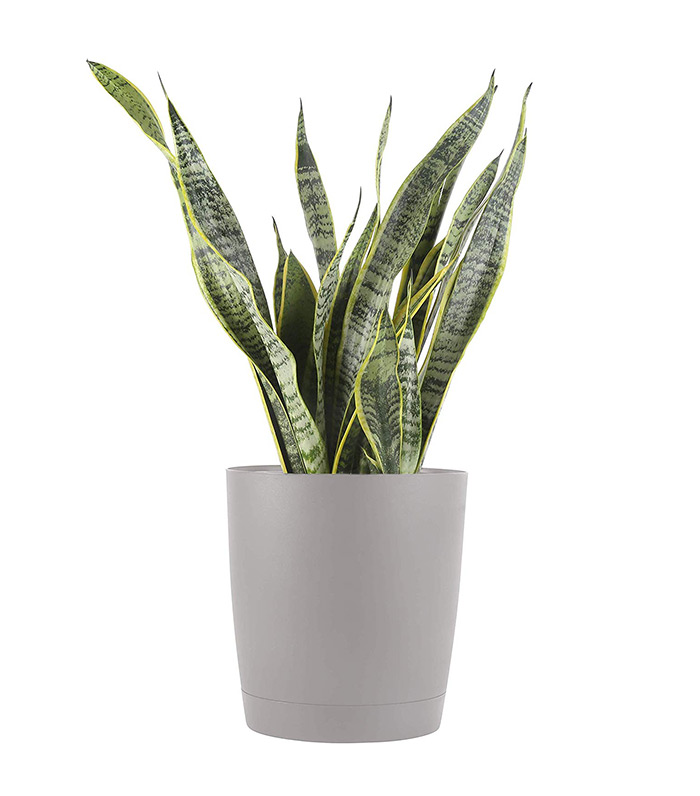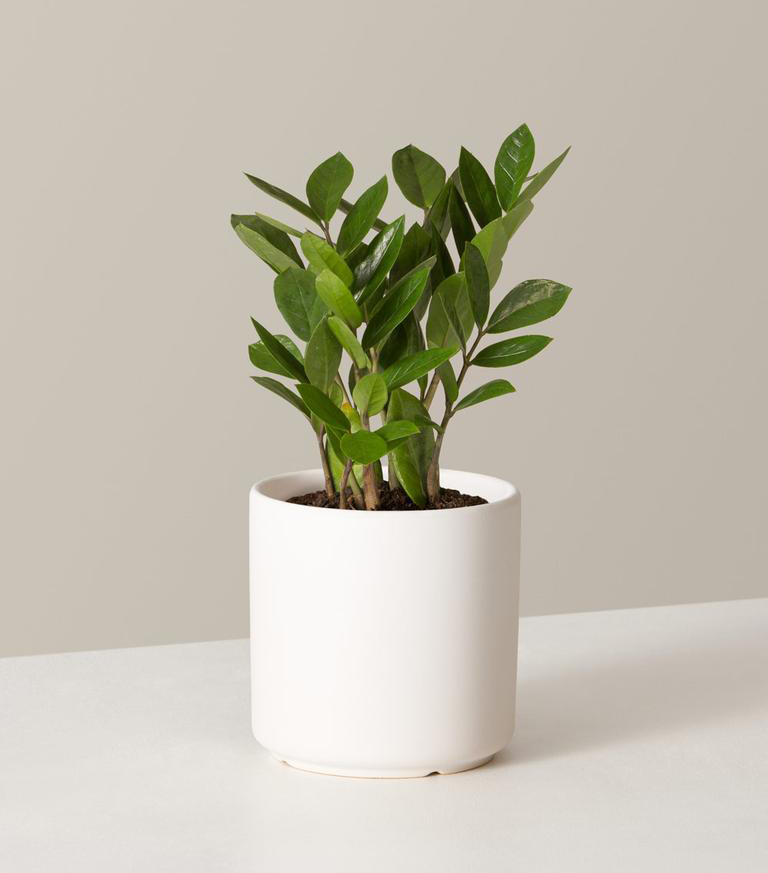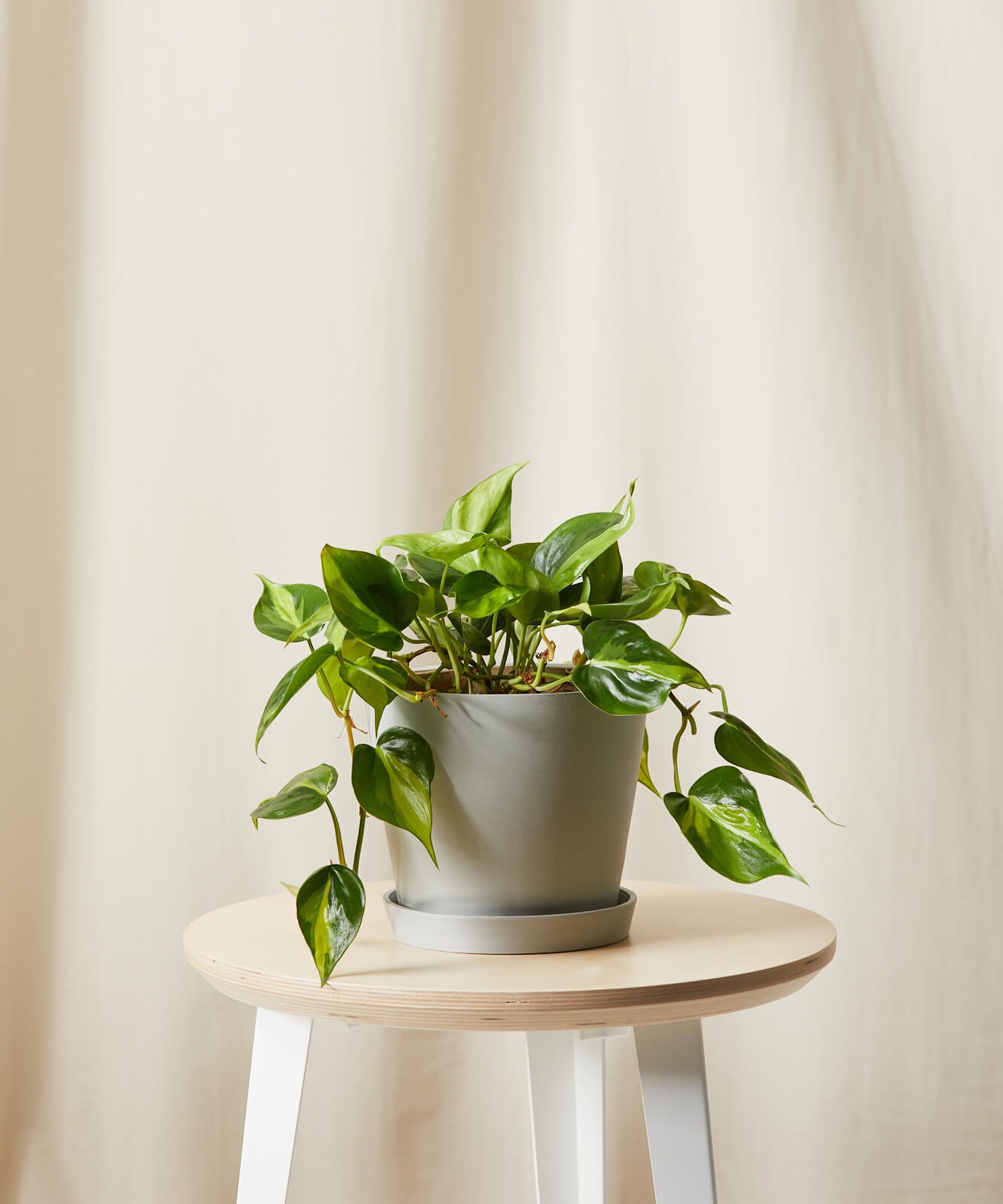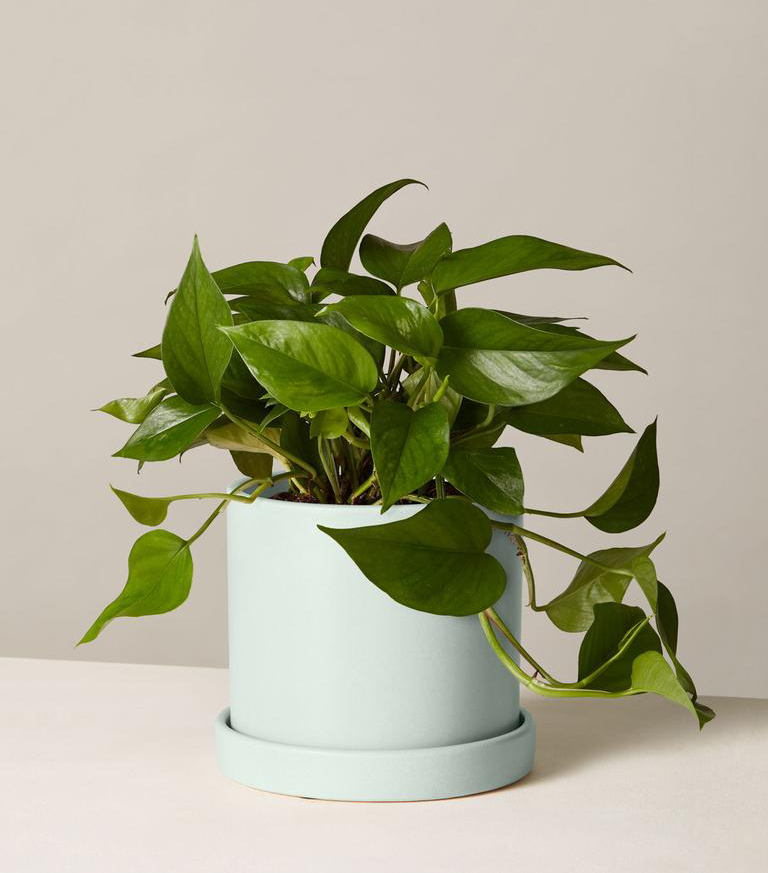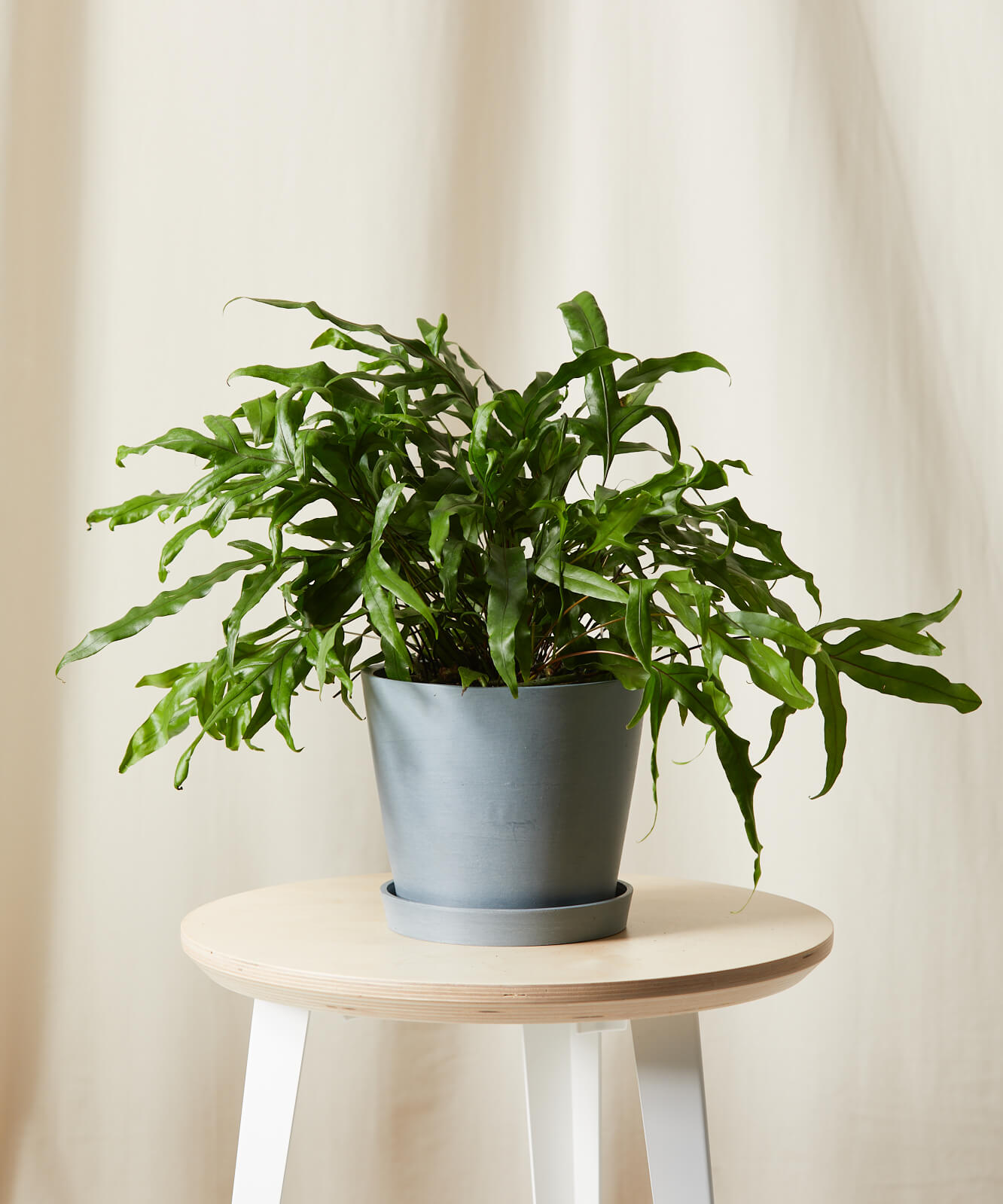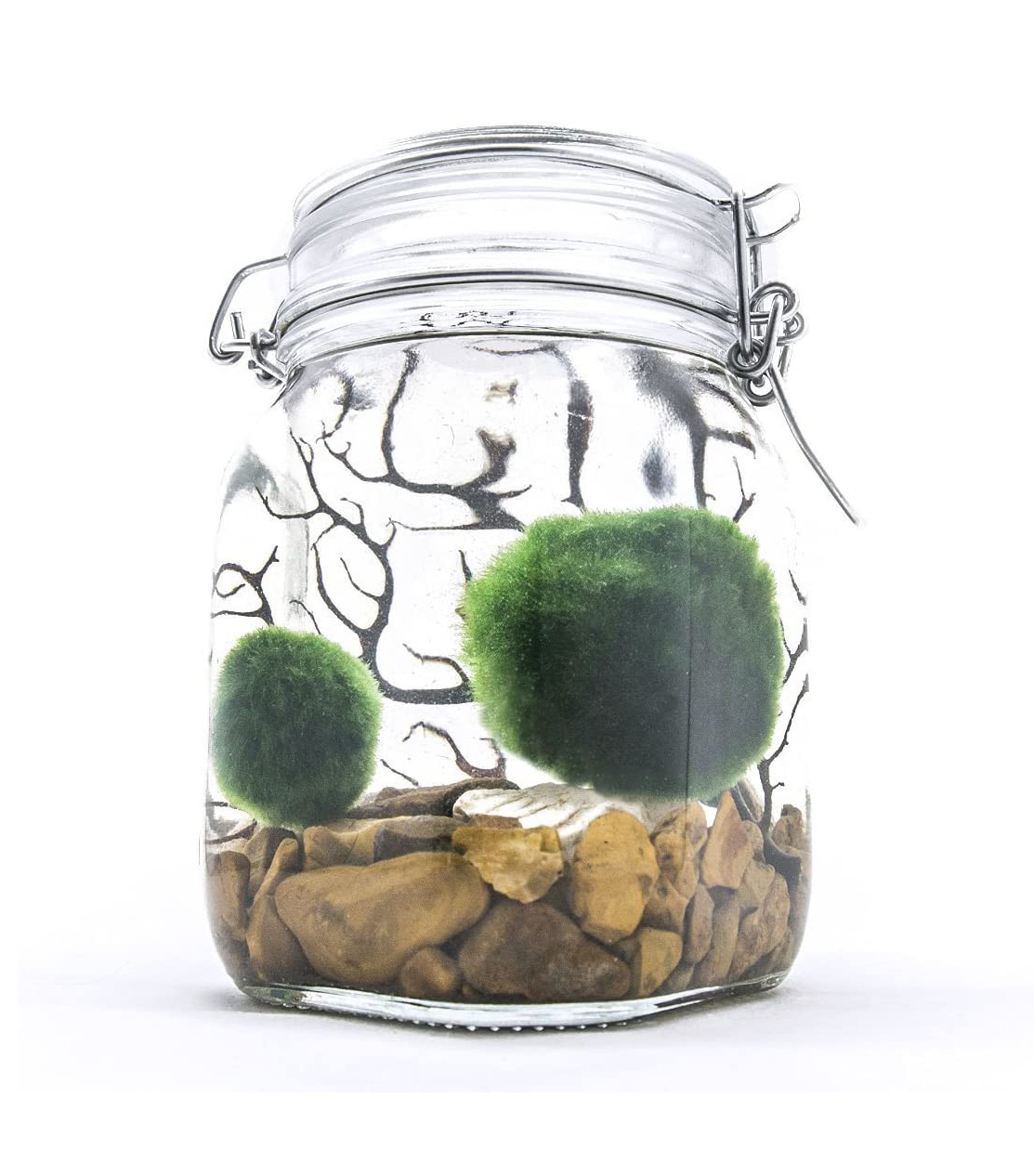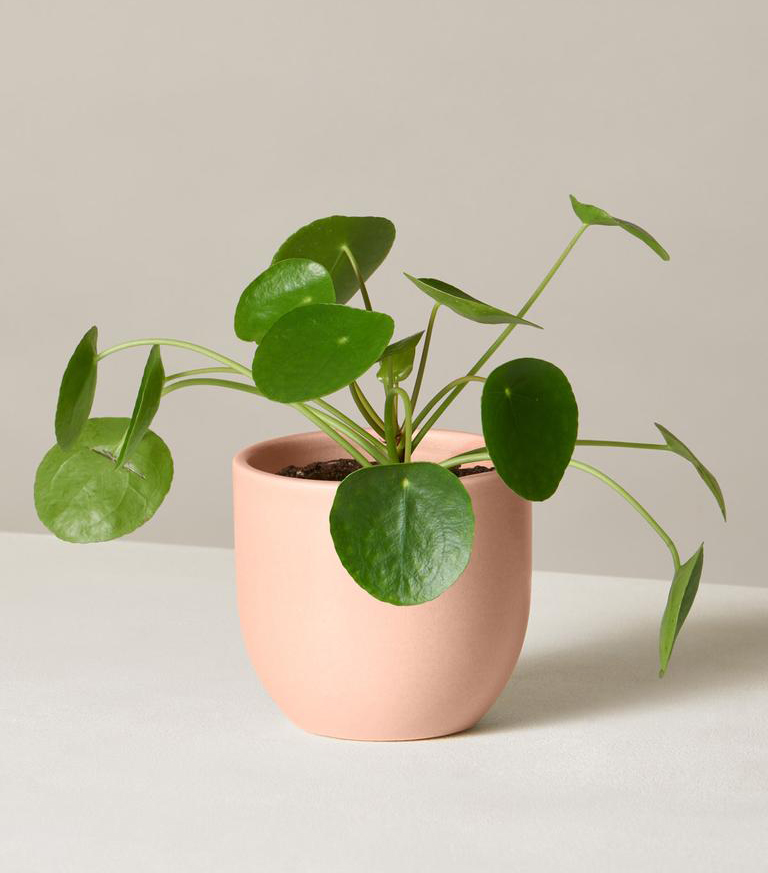These Indoor Plants Will Make Your Space Healthier—and They're Hard to Kill
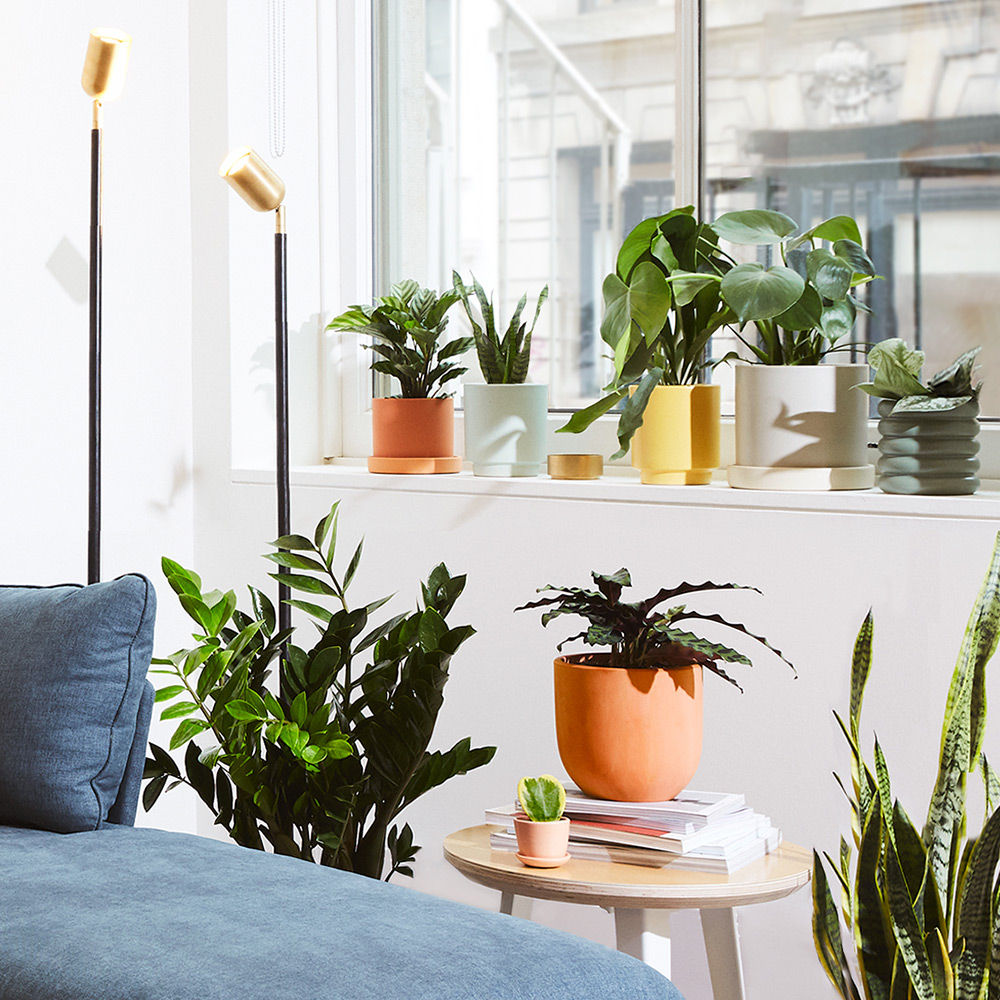
It's really hard to deny that plants are pretty much everywhere these days. You might see them all over your Instagram feed. You might find yourself in conversations with your friends about the various stages of "plant parenthood." You even might have read various think pieces about why millennials love plants, like this one or this one. Even though plants have been around since the beginning of time, their popularity is off the charts these days.
We're not complaining, though. Plants add so much to a space. It's a great way to refresh a room's look without spending a fortune on a new piece of furniture. For those new to the #adulting scene, they also give you some responsibility—consider it baby steps on the road to being a pet parent or a real parent. And they also have some health benefits, too.
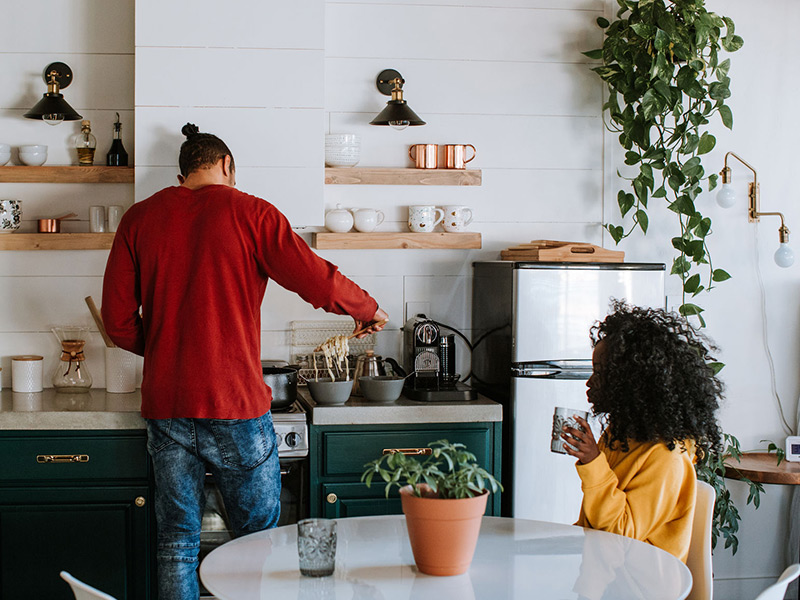
We've written about how plants could reduce anxiety and stress, help you focus, and help you breathe easier (by recycling the carbon dioxide we exhale back into oxygen thanks to photosynthesis). Some studies have shown that plants in the workspace can increase productivity, too. And research from NASA found that plants can improve the air quality in indoor spaces and remove toxins.
"Biophobia is becoming more relevant as people are raised within urban settings, and surrounded by technology rather than nature and other living things. It's vital for humans to co-exist with these elements rather than close our doors to them," says Erin Marino, director of marketing at The Sill. "Plants are our natural partners in life, and incorporating them into our lives could not only help us reconnect with the natural world but also benefit our health and well being. Pollution is not only found in the outdoor air of dense cities, but also within the places we call work and home. Airborne toxins and pollutant gases are emitted from mechanical equipment and building materials and contaminate the indoor air that we breathe. Good news is that we can improve our indoor air quality with plants!"
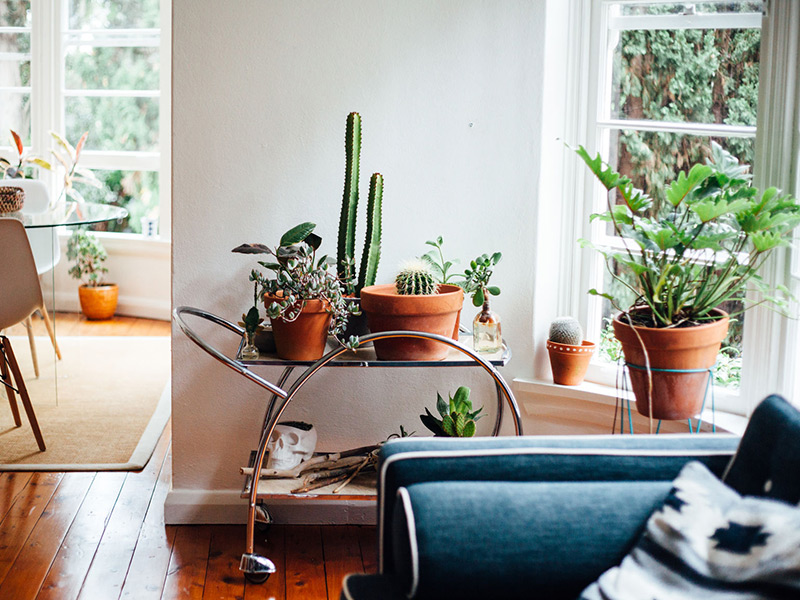
If you're thinking, This all sounds great, but I don't have a green thumb. Think again. Marino says that anyone can take on the challenge of being a plant parent. "Plants, like any other hobby, take practice. We've all lost a plant (or many) during practice—and that's okay! Learn what plants work for your space and schedule along the way." And of course, you can do yourself a favor and choose your plants wisely aka pick ones that are easy to care for. We asked Marino and Carmen Johnston, garden lifestyle expert and owner of Carmen Johnston Gardens, for their favorites.
1. Snake Plant
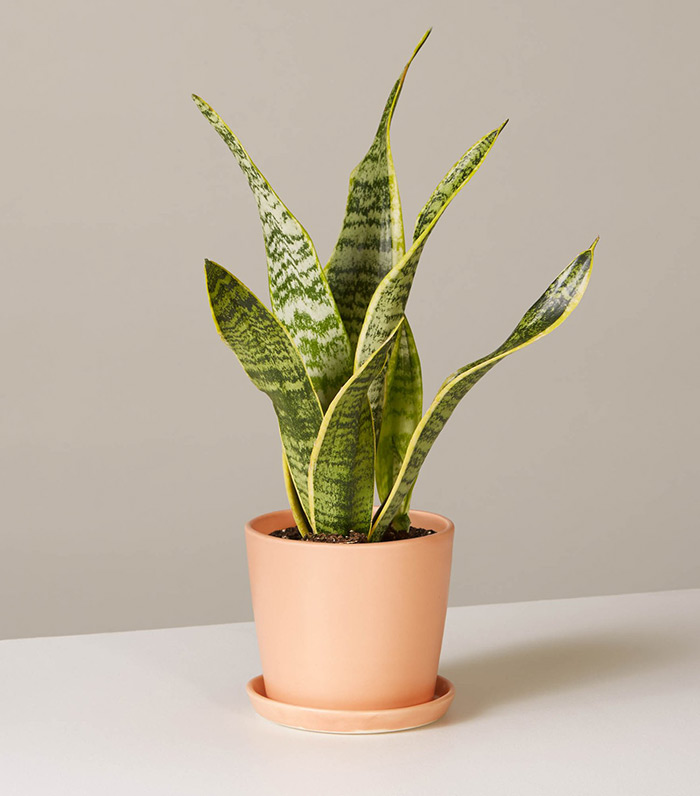
"This no-fuss tropical plant has thin, upright leaves with irregular banding that resembles the skin of a reptile. A succulent, the snake plant's adaptations for surviving drought make it a suitable plant choice for anyone, anywhere. Often positioned as low-light plants, they are actually medium- to bright-light plants that tolerate, but not thrive, in low light. Like other succulent plants, they have a modified form of photosynthesis—where in order to preserve water, the plant opens its pores exclusively at night. Since photosynthesis only happens with daylight, the plant stores the carbon dioxide acquired at night for use during the day and releases oxygen at night when the pores open. This helps it to maximize efficiency in cleaning the air, as found in a study conducted by NASA. Whether it's its air-purifying abilities or its low-maintenance characteristics (water about once every three weeks), the snake plant is the perfect plant pick for your home or office—or better yet both places." — Marino
2. Audrey Ficus
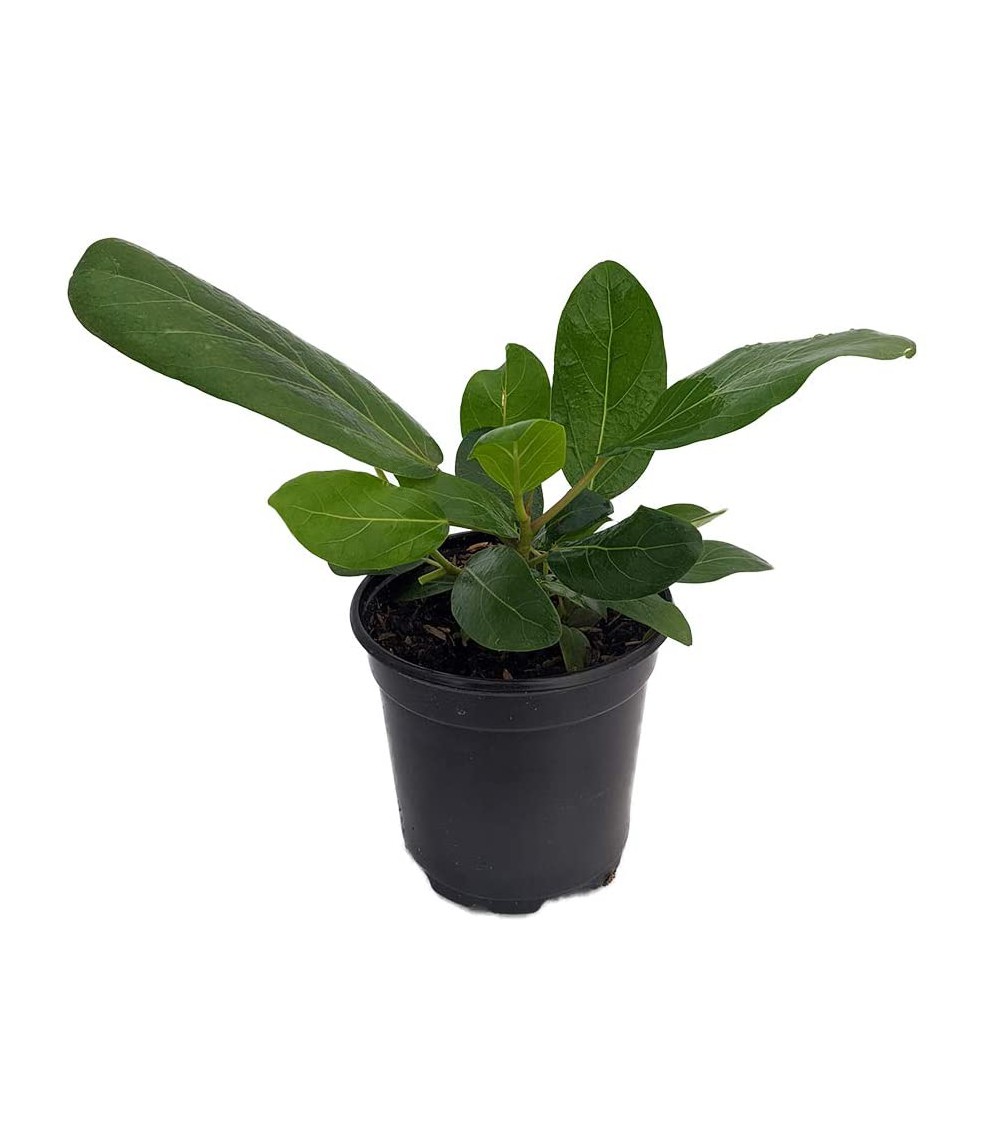
"This [also known as Ficus benghalensis] is new plant for me, and I am in love. If you are looking for something with height and you have killed your share of fiddle leaf figs, this will be your new best friend. This plant does not like a lot of water. I often fill up an an entire water pitcher of ice and place it on top of the soil to allow for a slow and easy stream of water. Plus, it ensures I don't overwater." — Johnston
3. ZZ Plant
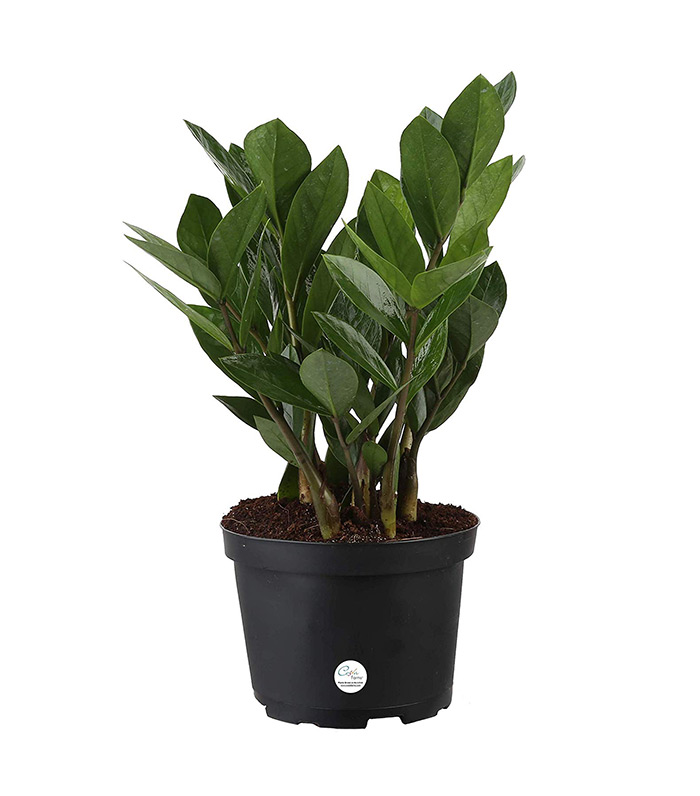
"Zamioculcas zamiifolia, affectionately called the ZZ plant or Zanzibar Gem, is a tropical plant in the aroid family, Araceae. You might spot large potato-like rhizomes under the surface of its potting mix. Having evolved in drier conditions than most other aroids, these plants have evolved rhizomes that store water to help the ZZ plant survive drought in its natural environment. The rhizomes are actually underground stems, and what you see aboveground are the stems' leaves. Using these underground rhizomes, the plant slowly creeps over time to new locations, spawning new aboveground leaves along the way. In addition to being drought-tolerant, this houseplant can also survive lower light levels than some of its tropical friends, making it a perfect pick for a dim office or first-floor apartment." — Marino
4. Prayer Plant
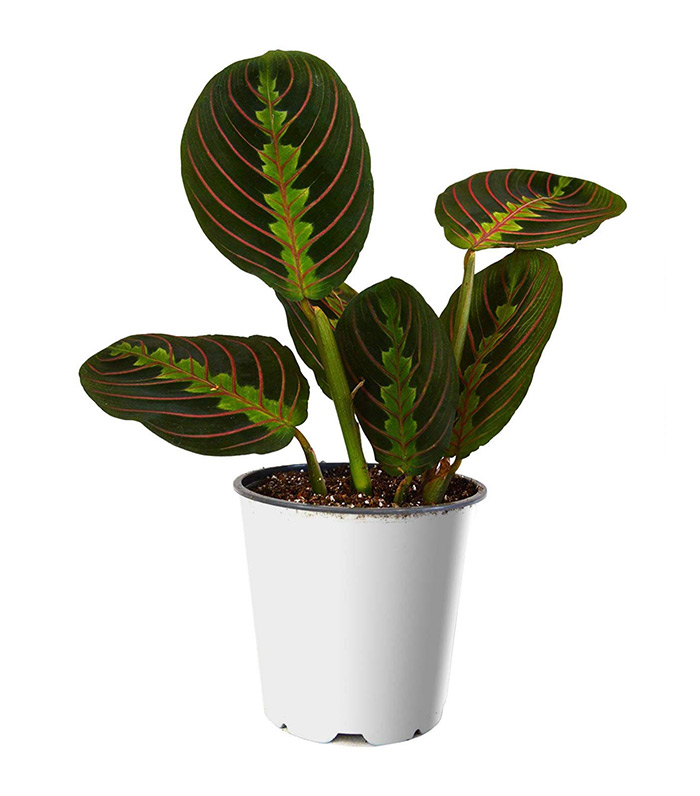
"Oh, how I love this plant [Maranta leuconeura] for so many reasons. The variegated leaves look like a piece of art and come in so many various shades of green. This plant will entertain you every day if you care for it correctly. In the morning, all of the leaves open up, and as the day comes to an end, the leaves will close. She loves bright indirect light, and soil should stay damp but not too soggy." — Johnston
5. Philodendron
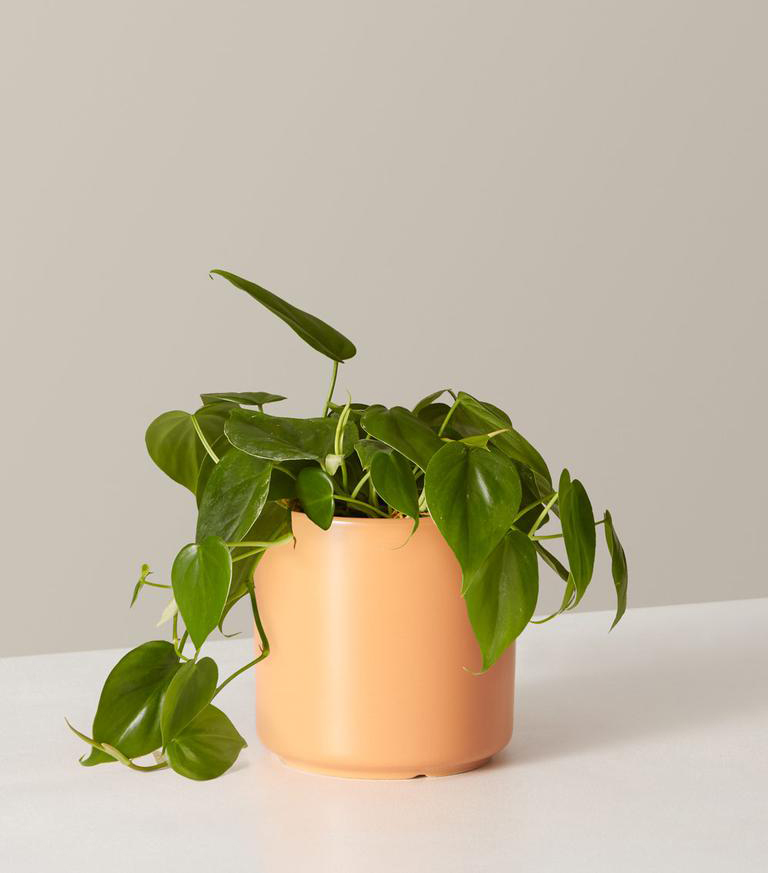
"Philodendron is a genus of herbaceous evergreen tropical plants that belongs to the aroid family Araceae. The heart-leaf philodendron is a quick-growing, easy-to-care-for, trailing plant. It can tolerate a wide range of light conditions, from bright indirect to low indirect, but generally prefers medium indirect light. Your watering frequency will depend on how much light your philodendron is receiving, and what season it is, but will be about every one to two weeks. If you're concerned about overwatering your philodendron, you can look out for signs of thirst like drooping leaves before watering. Philodendrons can benefit from the occasional pruning—to help them become slightly bushier. Added bonus: Pruned-off stems with nodes can be easily propagated in water." —Marino
6. Pothos
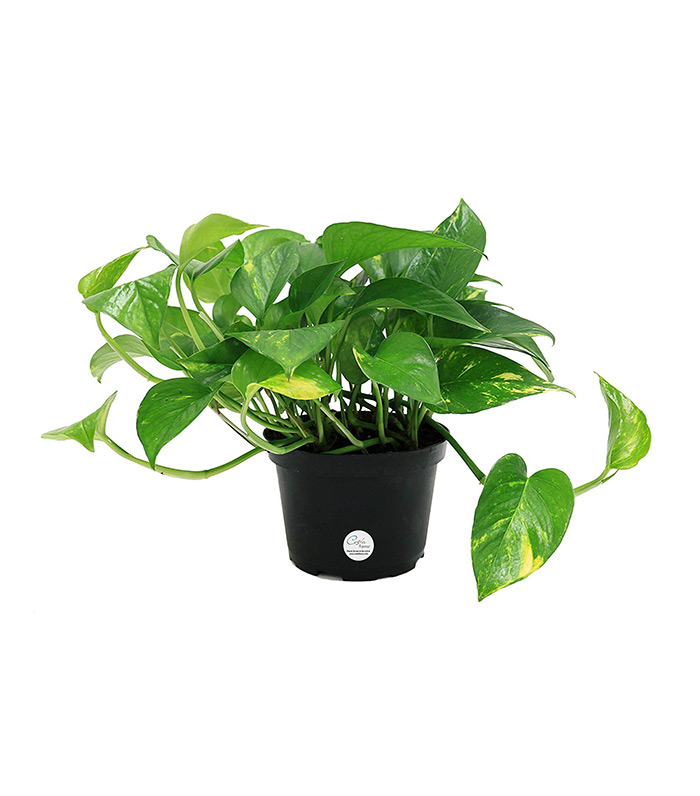
"Epipremnum aureum, or Pothos, is a tropical aroid vine in the family Araceae, native to French Polynesia. This incredibly hardy houseplant is sometimes referred to as the 'cubicle plant' because of the less-than-ideal conditions it can tolerate: Think low light levels and skipped waterings. It thrives in moderate indirect light and from weekly waterings. If you skip a watering or two, your pothos might start to wilt, but don't fret—give it a drink and it'll perk right back up! The fast-growing Pothos is also incredibly easy to propagate. When it comes to easy-care plants, we say the more, the merrier. Keep in medium indirect light, and water when the plant starts to wilt! About once every one to two weeks." — Marino
7. Kangaroo Paw Fern
8. Marimo
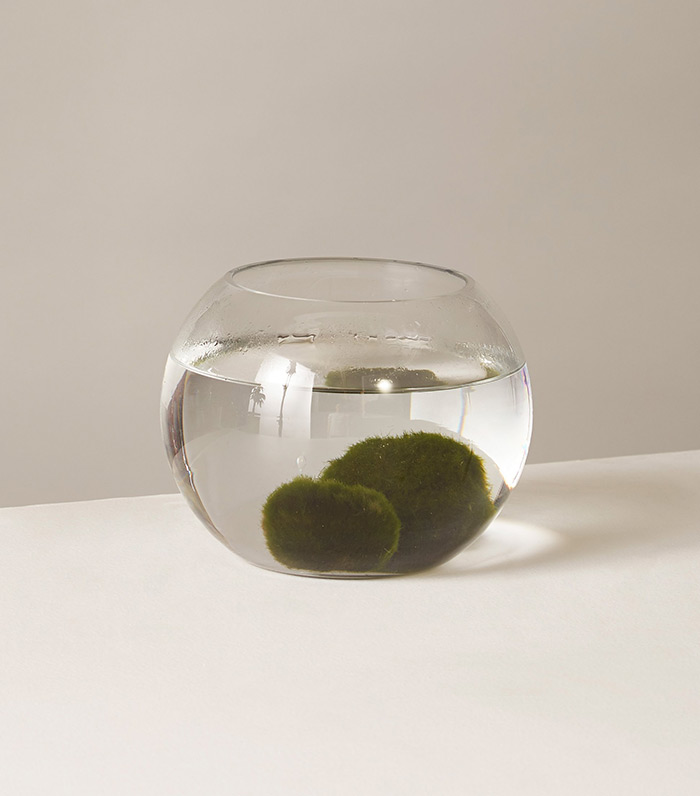
"If your only window pretty much faces a brick wall, and you're traveling every other week for work, get yourself a pet rock—and a marimo ball. Native to the cold alkaline lakes of the Northern Hemisphere (think Iceland, Japan, Scotland, and Estonia), the name marimo (毬藻) originated from Japanese botanist Tatsuhiko Kawakami, who first described them growing in lakes on the island of Hokkaido. Marimo 'Moss', as it's known, is not actually moss at all! It's Aegagropila linnaei—a freshwater, fuzzy, filamentous green algal colony. Neat, right? Keep submerged in filtered room temperature water, in medium to low indirect light. Change the water about every two weeks, and give your marimo a roll between your palms every now and then to help it keep its circular shape. Added bonus, marimo are non-toxic." — Marino
9. Pilea Peperomioides
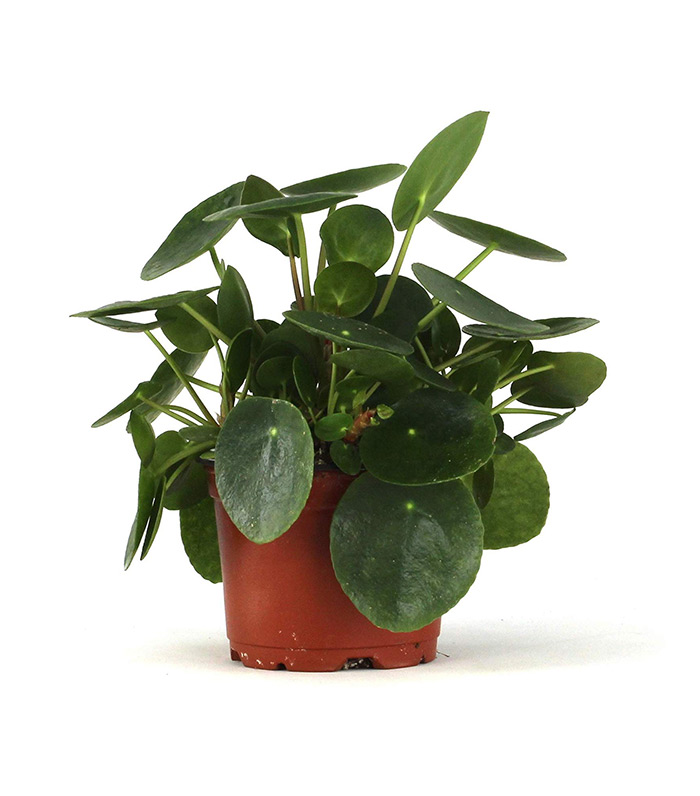
"The Instagram-famous Pilea peperomioides, or coin plant, is incredibly easy to care for as long as you provide it with ample sunlight! This sun-loving houseplant is an Asiatic perennial herb, native to Yunnan Province in southern China, at the foot of the Himalayas. For a long time, the Pilea peperomioides had been a mystery—in its native habitat it was weedy and insignificant in economic value, so not much attention was paid to it. It was found to have been brought to Norway by a Norwegian missionary in 1946, where it was then distributed by friends to friends, and eventually all over the world as a houseplant! Keep in bright direct to indirect light (enjoys a few hours of direct sun), and water about once every one to two weeks, when potting mix is dry. Rotate your pilea every month or so to keep it from leaning too far in one direction." — Marino
Must-Know Care Tips
Now that you've read this far, you might be convinced to invest in a plant. So to help you start you plant parent journey, we've gathered tips below—but first things first: Remain calm and don't overthink it. "Don’t stress! Growing plants is a lot like trying a new recipe. Sometimes the recipe is a crowd-pleaser and sometimes it just stinks. Over time you will learn what plants work well and what plants to kick to the curb. Be patient and willing to try again," Johnston says.
1. Choose Wisely
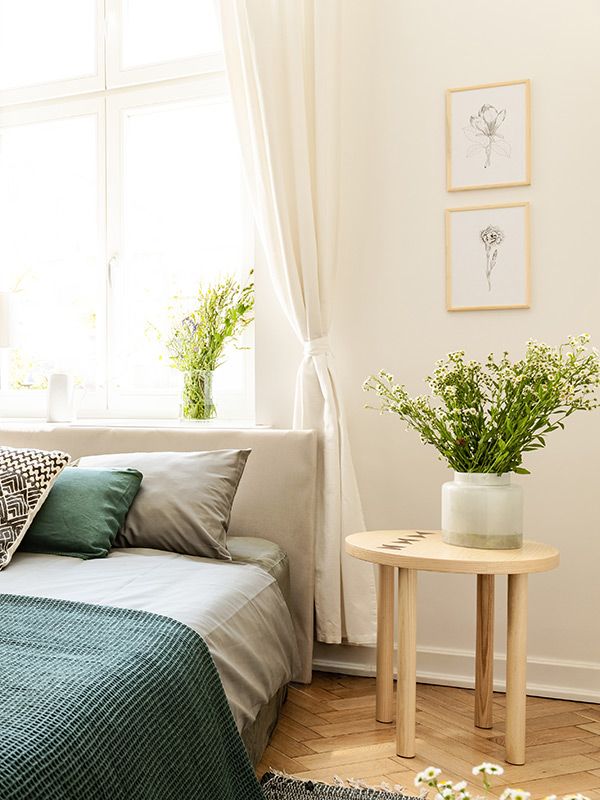
If you're not blessed with a lot of natural light, that's going to affect your success, so take stock of your living or working space and choose accordingly. "First and foremost, pick a plant that will work in your space's conditions! You want to set yourself up for success from the start," Marino says. "If your space has huge floor-to-ceiling south-facing windows, don't opt for a shade-loving fern that will fry. And vice versa—if you have smaller, west-facing windows that receive moderate light, don't bring home a giant sun-loving cactus. Starting off your plant parent journey on the right foot is our top tip."
2. Be Honest About Your Schedule
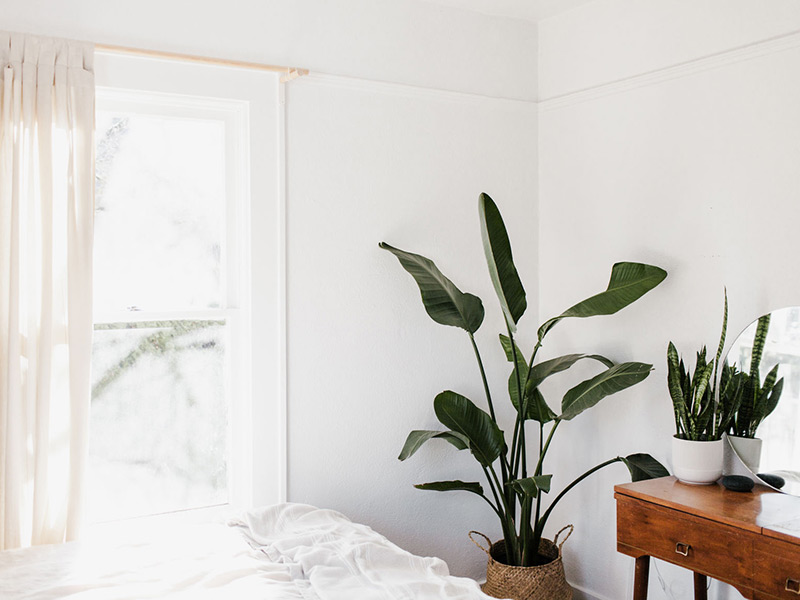
If you're never home because you're always traveling for work, that of course will determine what level of maintenance you can take on. "If you're traveling weeks at a time for work or pleasure, you'll want to pick drought-tolerant plants that will only need watering once a month or so. If you're a homebody and are looking for something that requires more care, you'll want to pick moisture-loving plants that will benefit from your frequent waterings every week or so," Marino says.
3. Breathing Room is Key
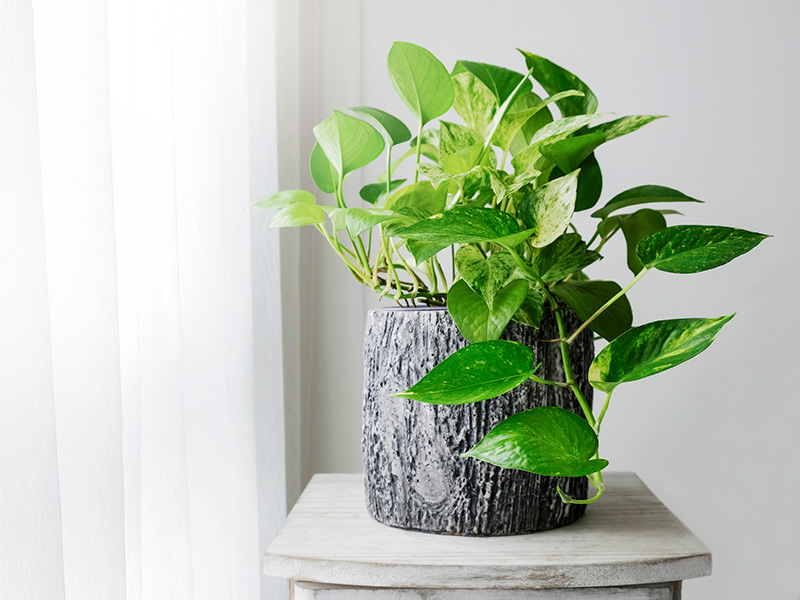
"Always be sure your plant has room to breathe. Number one rule: Your container always needs to have a drain hole or else your plant can’t breathe and you will drown them. They need air flow just like you do!" Johnston advises. She also recommends giving your indoor plants fresh air at least once a month. "Anytime I see it raining, I always take my plants outside to enjoy some fresh air and rainwater. This will help alleviate those pesky spider mites and aphids that can spread on your plants from being cooped up inside 24/7," she says.
4. Don't Be Afraid to Prune
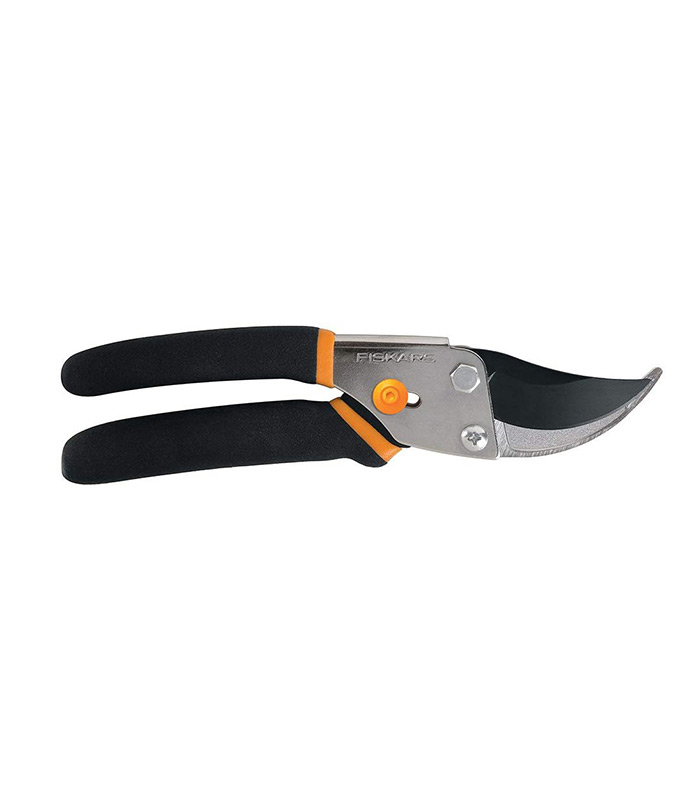
Get the shears out. "I prune all of my houseplants. Old yellowing leaf? Snip. Browning old stem? Snip," Marino says. "As plants grow and mature, older foliage reaches its expiration date and starts to look lackluster. I don't let myself over prune—but I definitely snip those mature leaves that are on their way out anyway. Pruning your plants regularly can invite new, healthy, young growth."
5. Be Careful About Watering

"Look for signs your plants are thirsty, versus watering them on a strict schedule year-round. There are so many things that can impact how frequently a houseplant needs water—is it winter, when the days are shorter and the sun is only out for a few hours? Or your heater is blaring and the air is dry? Is it summer, when the days are long and the sun is strong and hot? Or maybe your AC is on full blast?" Marino advises. "It's important to remember factors both indoors and outside can impact your plant's thirst so always check the potting mix before watering (to make sure it's dry) and look for signs your plant could use a drink, like wrinkling or wilting leaves."
6. Try This Coffee Trick

Don't throw out the cold dregs from your morning pot of coffee. "If you have any leftover black coffee (of course, no cream), add some water and give your plant a drink. The acidity from the coffee will help the PH of the soil and grow a healthier plant," Johnston recommends.
Next up: The Health Benefits of Indoor Plants Are Pretty Ridiculous
This article was originally published at an earlier date and has since been updated.
This article is provided for informational purposes only and is not intended to be used in the place of advice of your physician or other medical professionals. You should always consult with your doctor or healthcare provider first with any health-related questions.
Sarah is lifestyle writer and editor with over 10 years of experience covering health and wellness, interior design, food, beauty, and tech. Born and raised in Los Angeles, she attended New York University and lived in New York for 12 years before returning to L.A. in 2019. In addition to her work at Who What Wear, she held editor roles at Apartment Therapy, Real Simple, House Beautiful, Elle Decor, and The Bump (sister site of The Knot). She has a passion for health and wellness, but she especially loves writing about mental health. Her self-care routine consists of five things: a good workout, “me” time on the regular, an intriguing book/podcast/playlist to unwind after a long day, naps, and decorating her home.
